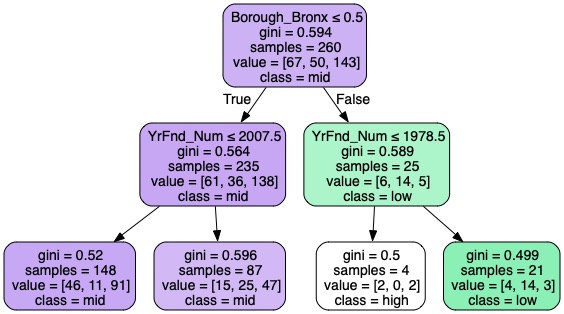
Project Summary
Stewardship is defined as the activity or job of protecting, taking care of, or being responsible for something. Pratt SAVI (Spatial Analysis and Visualization Initiative) lab is working with the STEW-MAP, They strive to help their community-based partners further their mission with data. The STEW-MAP dataset includes information on the location, scope, and activities of local organizations involved in stewardship and environmental work in New York City. It also provides details on the primary focus, organizational function, and work site of these organizations.
Since I moved to NYC, I started to be interested in the environment and community health performance due to the large number of people in the city. I came across the STEW-MAP project, which involved collaboration with Pratt as one of the participating organizations. The large quantity of data presented in the dataset prompts me to question whether the organizations listed in STEW-MAP truly have an impact on the state of the environment and the overall health of the community.





